These digital scales are ideal for weighing racing vehicles like race cars, go karts, and tractors. These race car scales for sale are rugged, affordable, and ideal for accurate weight management or weigh-in at the shop or the track. Many items are from top manufacturers like Intercomp and Longacre Racing. If you're searching for Longacre scales for sale or perhaps cheap car scales, then please take a look at the items below.
When you scale your vehicle at the track you must find level ground or your weight readings will be inaccurate. Here's a quick way to do this by getting 2 strings and four crew members. Have the crew member at the RF hold one string and another member hold the other end at the LR. Have a member at the LF and another at the RR each holding another string on opposite ends. The strings will now make an X in the center. If the top string is higher than the bottom string then the other two pads will need to be shimmed up. If the top string holds down the bottom string then those two pads need to be shimmed up. By using this stringing process the pads will be placed in the same plane. They may not be quite level, but by being in the same plane your cross weights will be very close. Another insider trick, find fairly level ground when you get to the race track. Right when you get there, weigh the car. Mark the ground by tracing around the scale pads with chalk. If your scales have memory functions, (place your shop setup in memory 1) then put the weight readings from the race track in memory 2. You can now compare the bite between the shop and the new reading taken at the track. If the track reading shows 1 percent more bite you will know that the ground is out of level by that amount. By knowing the difference you will have a baseline to return to if needed. Scales must be exactly level in order to get perfect results. However, the two methods described above are short cuts that get the job done without too much compromise. Thanks to Longacre for the information.
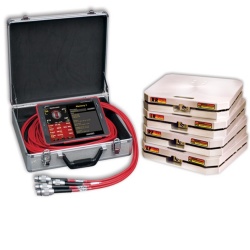
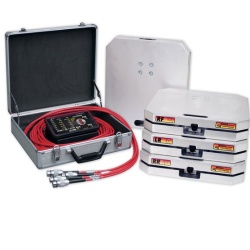
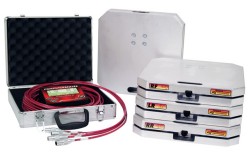
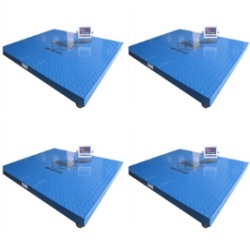
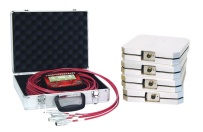
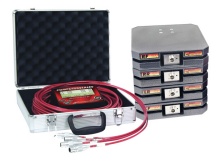
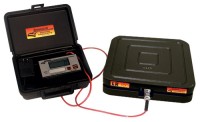
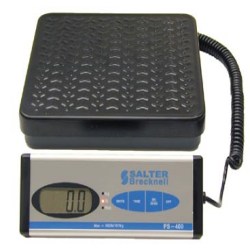

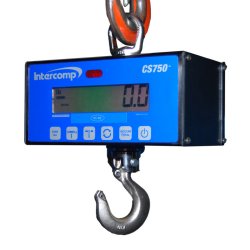
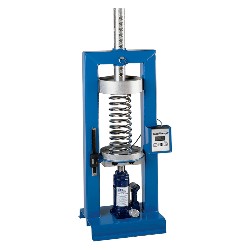
According to Longacre Racing, for the most accurate results the car must be fully prepared. If it is not "race ready" then any changes that you make will have an effect on your final setup and what you have put in your notes. So, what do you need to have done to be race ready? Well that would be: Fuel full, Radiator full, Oil tank full (motor ran or too much oil can be in the pan), Gear oil full, Transmission full, Power steering full, Lead bolted in, Stagger set, Tire pressure set, Camber set and Rear end square.
"Race ready" means that the next thing the car will do is go around the racetrack. Keep in mind the changes that will be made to the weights if you attempt to scale the car before it is ready to go. Now that you have the car properly prepared you can get the racecar scales out to begin the scaling process. Lay the pads flat at each corner and plug in the corresponding cable. Double check that the cables are plugged in correctly or you will waste a lot of time reading bad numbers. Let them warm up for two or three minutes. Once the cables are plugged in and your scale system is turned on, press the zero button and insure that each corner weighs zero with the pads flat on the ground. The pads must be flat or you will not zero out the top casting. Verify that the scales do not need charging. At this point have one of your crewmembers stand on each pad. He should weigh within a pound or two on each one. If all is well, then check that the scales have returned to zero. At this point jack up the car and slide the pads under each wheel.
